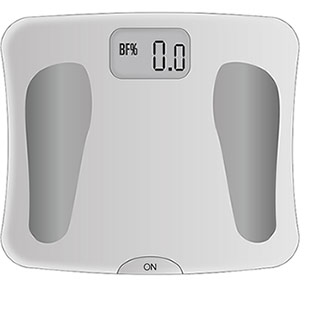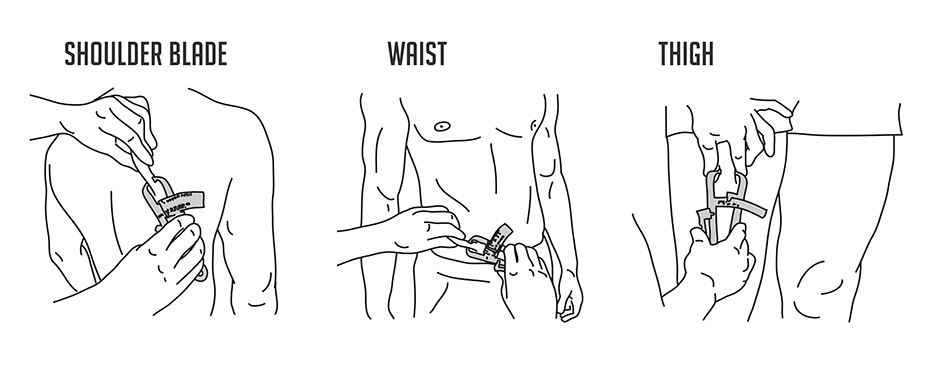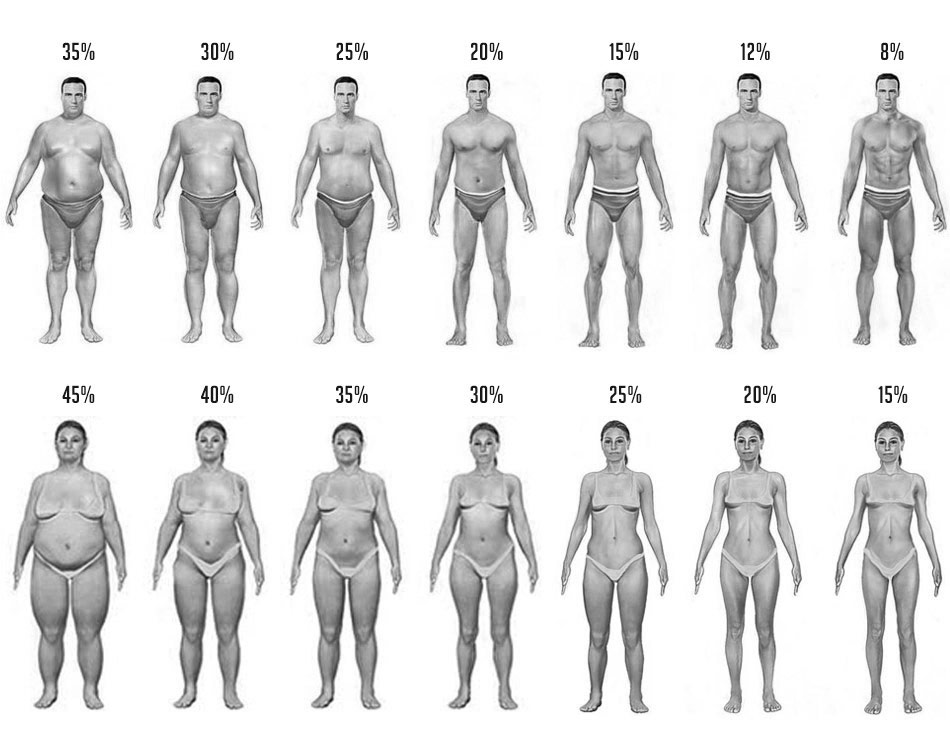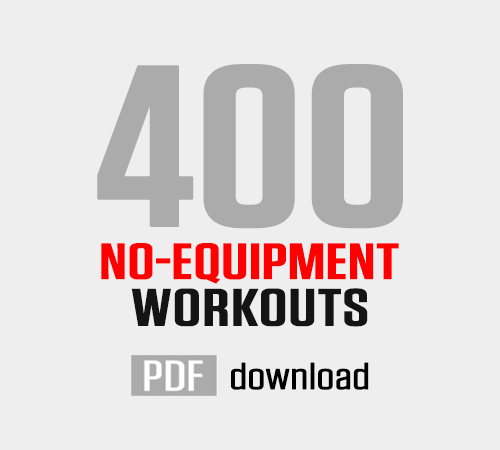Managing extra weight is a fairly new to us, several generations back it was not as widespread as it is today and if you did want to get slimmer at one point or another you just dieted and tracked your overall weight loss. That’s where the “weight loss” term comes from but today it’s more misleading than helpful.
Today we know that we don’t just lose fat, we also lose water and muscle (if we don’t exercise). Overall weight loss is no longer a good indication of our progress simply because fat is not the only thing we lose and gain on a regular basis. Ordinary scales will only work for someone who diets exclusively - you only lose mass in that case, but if you diet and exercise you have to get more creative.
There are several ways to accurately measure progress when you diet and exercise: use scales or body fat % calipers, use body measurements or take daily or weekly pictures of yourself. Each one has its pluses and minuses so you just need to pick the one that works best for you and your goals.
Using scales with BF % function
You will instantly recognize them by little metal plates located where your feet go. They all work the same way independently on design or make.
 How they work: A small electrical current passes through your body tissue – it goes slower through fat and faster through muscle. What measured is resistance so it’s not really your body fat that’s being analyzed but your body’s density and, based on a formula programmed (you normally input your height and age), the scale gives your body fat percentage, muscle and water content reading.
How they work: A small electrical current passes through your body tissue – it goes slower through fat and faster through muscle. What measured is resistance so it’s not really your body fat that’s being analyzed but your body’s density and, based on a formula programmed (you normally input your height and age), the scale gives your body fat percentage, muscle and water content reading.
Obviously your water content can go up and down during the day so you want to take a reading every day at the same time – ideally, right after you get up and visit the bathroom. There is always a small margin of error with any home scales but you will be able to see a pattern and then eventually progress over a period of time and see how your diet and exercise is working for you. You can normally tell how you are doing already in 4-5 days.
Body fat measuring scales are vital if you are exercising as well as dieting. You gain muscle during that time as well as lose fat and muscle is heavy. You can train and diet for two weeks and see no difference on the scales feeling like you have not progressed at all when in fact you have lost fat and gained muscle. Overall weight loss is not an indication of your progress when you exercise – you simply can’t see it on ordinary scales.
Pros: it’s quick and easy. Once you input your age and height you can use them as easily as ordinary scales except those will also give you a detailed breakdown of body fat, muscle and water content.
Cons: Those are fairly common these days but they can be pricey. Since they all work the same way you can go for a cheaper model.
Using calipers
As an alternative to advanced scales you can use body fat measuring calipers, they are cheaper to get and are easier to store.
How to use calipers: If you are right handed - pull out a fold of your skin with the underlying layer of fat with your left hand and hold it with the fingers of the left hand. Place the jaws of the calipers and force the trigger so the entire force of the jaws is on the fold of the skin. Note the reading on the calipers before you release them.
You will need to measure three locations (the order doesn’t matter): shoulder blade, waist and thigh. Add up all four readings and use the chart supplied with the calipars to determine your body fat %. Instructions may vary from model to model.

Pros: they are cheaper than body fat measuring scales.
Cons: you need someone to do the measuring for you to get an accurate reading – it is a bit of a hustle.
Using a measuring tape
Instead of judging progress just by your weight or body fat you can use your body measurement as a guide. Every two weeks measure your arms, your chest, waist and buttocks similar to how you take measurement for your clothes – and note the numbers.
If you are trying to get leaner, the numbers should go down and if you are trying to gain weight, the numbers should go up. Alternatively, and this is not as precise, judge by your clothes, if you need new clothes – you are on the right track.
Pros: you probably already have a measuring tape lying around.
Cons: it doesn’t give you your body fat %, you have no idea whether it’s muscle or fat you are measuring. It’s good if you have a certain goal like getting a thinner waist or bigger biceps or buttocks.
Using photographs
Tracking your progress on a regular basis is extremely helpful – you can tell exactly how you are doing by just looking at your progress pictures from a week ago even without taking any measurements (although those also help).
How to: strip down to your underwear and take two pictures: from the front and from the side. Relax, don’t tense your body and don’t try to suck in your gut. These are for you, you don’t need to try to look good. Seeing yourself as you are can be mentally tough but it’s a good reality check and it will help you further down the line however uncomfortable those may make you feel in the beginning.
Pros: You can trust your eyes. You can even tell your body fat by how you look if you look objectively.
Cons: you need to remember to do it every day and keep track of all your photographs in the right order – it requires planning and a regular hands-on approach since you are working with the data long term.











